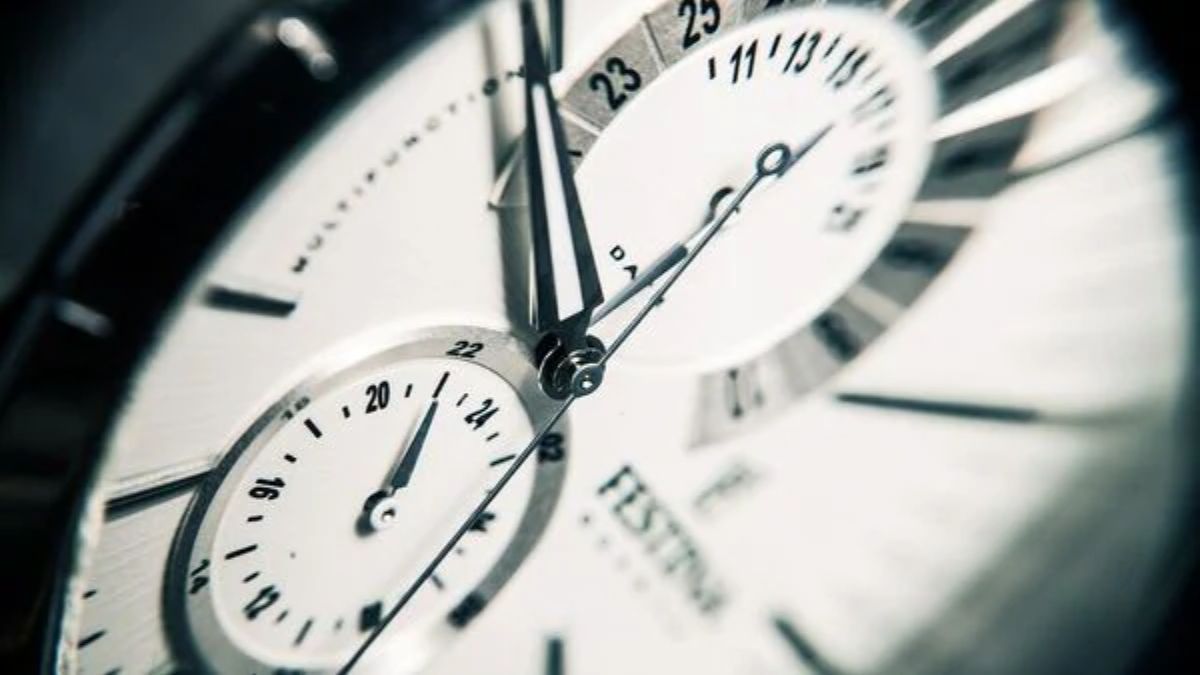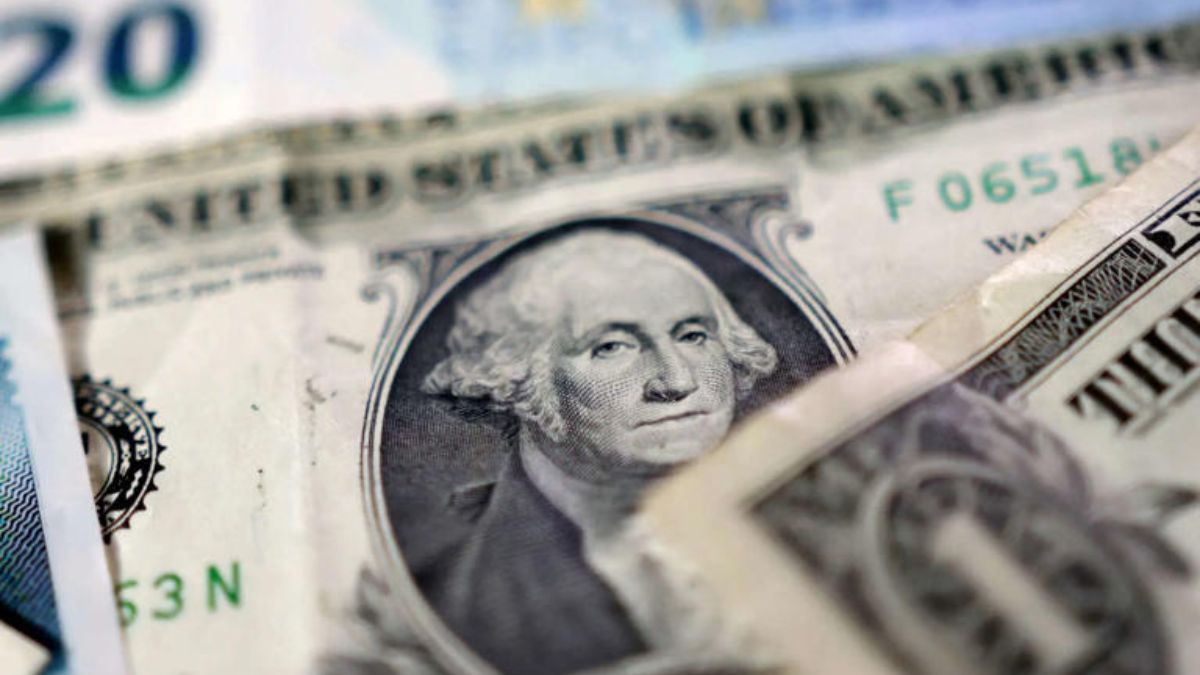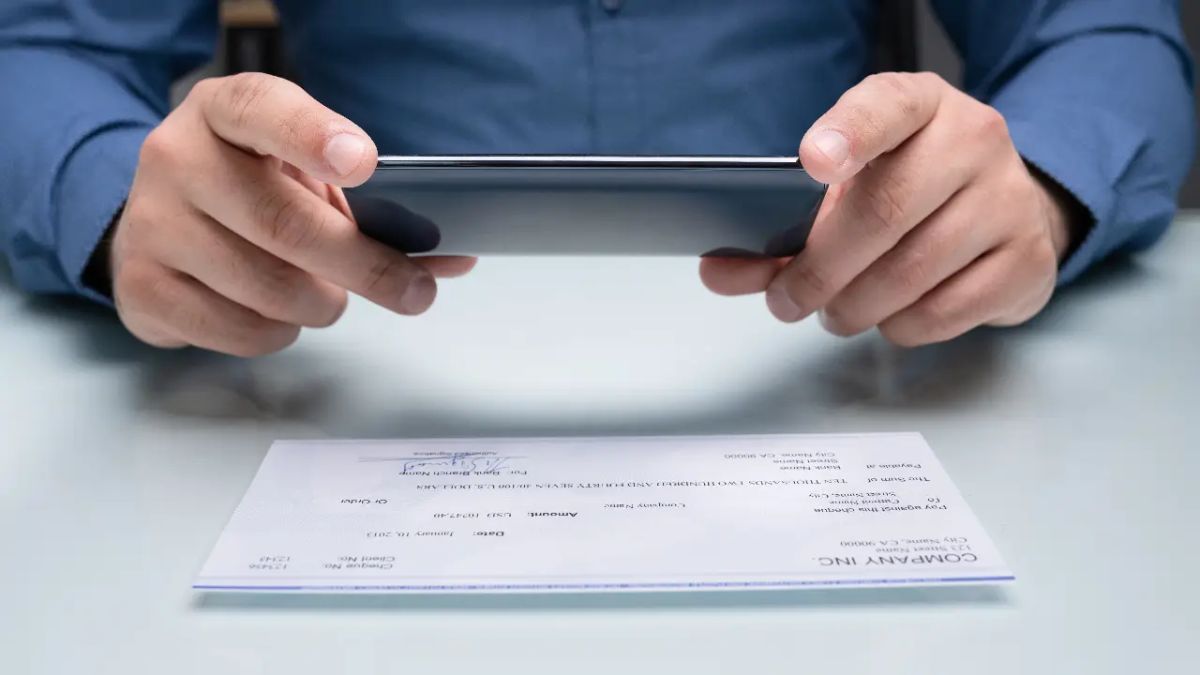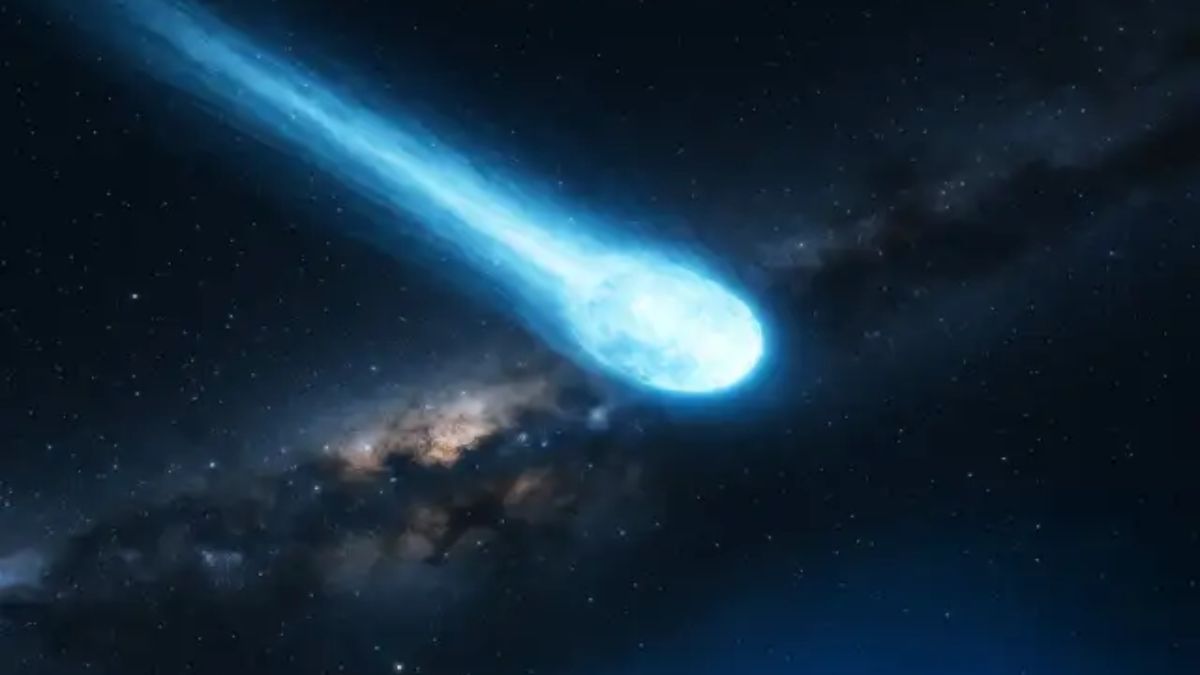It’s getting darker earlier, the air is cooler, and those crisp fall vibes are here — all signs that Daylight Saving Time (DST) is about to end for 2025. Whether you love the extra morning light or dread the early sunsets, the clock change is coming. Here’s everything you need to know about what’s changing, when it’s happening, and what the ongoing debate around DST means for the future.
When
Mark your calendar: Daylight Saving Time ends on Sunday, November 2, 2025, at 2 a.m. That’s when we “fall back” one hour — meaning you’ll gain an extra hour of sleep, or maybe an extra hour of late-night snacks, depending on your plans.
At 2 a.m., clocks will reset to 1 a.m. in all U.S. states that observe DST. So if you’re up late, you’ll actually get a little time travel moment — twice the 1 a.m. hour in one night.
Why
So why do we still do this twice a year? The original idea behind Daylight Saving Time, according to the Farmer’s Almanac, was to make better use of daylight during the longer days of summer — more light in the evening meant more productivity and, supposedly, energy savings. In winter, we switch back to standard time for brighter mornings.
But not everyone agrees on whether the benefits still make sense today, especially with modern lighting, flexible work hours, and digital devices.
Gain
This fall, when DST ends, you gain one hour. That means more morning light and an easier wake-up, at least for a while. For those who struggle with early darkness in the evenings, however, it might feel like winter hit all at once.
In contrast, when clocks “spring forward” in March, you lose an hour — and many people feel it. That hour shift has been tied to increased health risks and disrupted sleep cycles.
Debate
The clock change debate is getting louder. In Pennsylvania, lawmakers have repeatedly introduced bills to make Daylight Saving Time permanent. In fact, they joined 29 other states calling on Congress to stop the biannual clock-switching.
One of the most notable efforts is the Sunshine Protection Act, which passed the U.S. Senate in 2022 but later stalled in the House. It was reintroduced again in January 2025, but still hasn’t passed.
Supporters argue permanent DST would give people more daylight in the evenings — better for after-work activities, mental health, and energy savings.
Opponents prefer permanent standard time, saying it better supports circadian health, helps school children stay safe in the morning light, and better aligns with natural biological rhythms.
Politics
The conversation even made its way into national politics.
In April 2025, former President Donald Trump posted on Truth Social urging Congress to make DST permanent, saying it was “very popular” and that clock changes were a “very costly event.”
But that came just months after he said he supported ending DST altogether in December 2024 — and even called the issue “50/50” in March. The indecision highlights how divided the country is over what kind of time we want to live on.
Exceptions
While most of the U.S. observes Daylight Saving Time, there are exceptions:
- Hawaii does not observe DST.
- Most of Arizona skips it too (except for the Navajo Nation).
- U.S. territories like Puerto Rico, Guam, American Samoa, the Virgin Islands, and the Northern Mariana Islands do not participate either.
The rest of us, including Pennsylvania, New Jersey, and Delaware, still “spring forward” in March and “fall back” in November like clockwork.
Shortest
Once DST ends, the days will continue getting shorter until we hit the winter solstice — the shortest day of the year — on Sunday, December 21, 2025. On that day, most of the U.S. will get just over 9 hours of daylight.
To check your local sunrise and sunset times, you can search online or use a weather app to see exactly when the sun will rise and set in your area.
Future
So will this be the last time we change our clocks?
Probably not — at least not this year. While there’s growing pressure to end the twice-a-year time shift, Congress hasn’t made any final decision. The Sunshine Protection Act remains in limbo, and until something passes, we’ll keep changing the clocks each March and November.
But the debate isn’t going away. With states pushing for consistency and public support rising for permanent time — whether standard or DST — it’s only a matter of time before change comes.
For now, enjoy the extra hour of sleep, and don’t forget to change your clocks.
FAQs
When does daylight saving time end in 2025?
On Sunday, November 2, 2025, at 2 a.m. clocks fall back.
Do we gain or lose an hour?
You gain one hour when clocks fall back in November.
Is DST still debated in Congress?
Yes, the Sunshine Protection Act is stalled but still active.
Which states don’t observe DST?
Hawaii, most of Arizona, and several U.S. territories.
When is the shortest day of 2025?
The winter solstice is on Sunday, December 21, 2025.
















